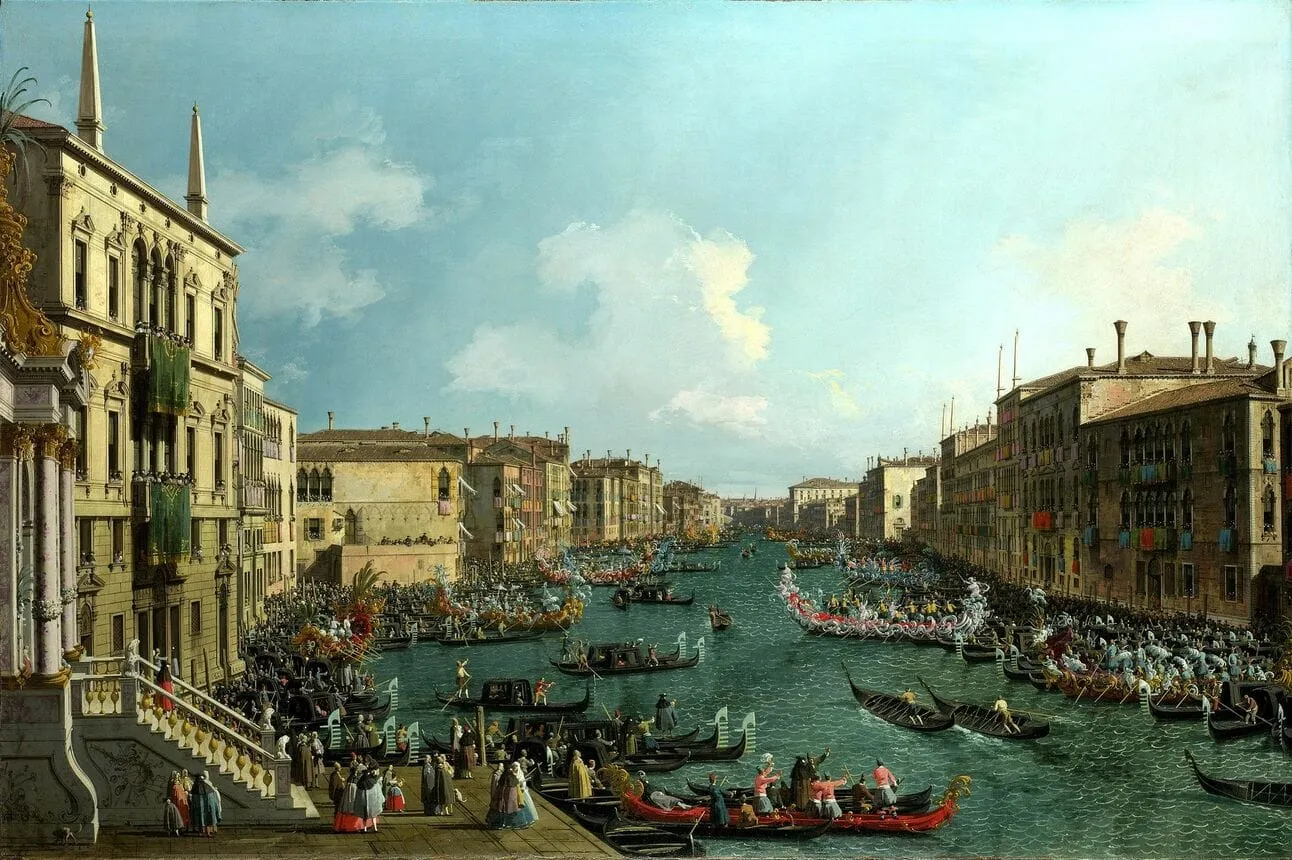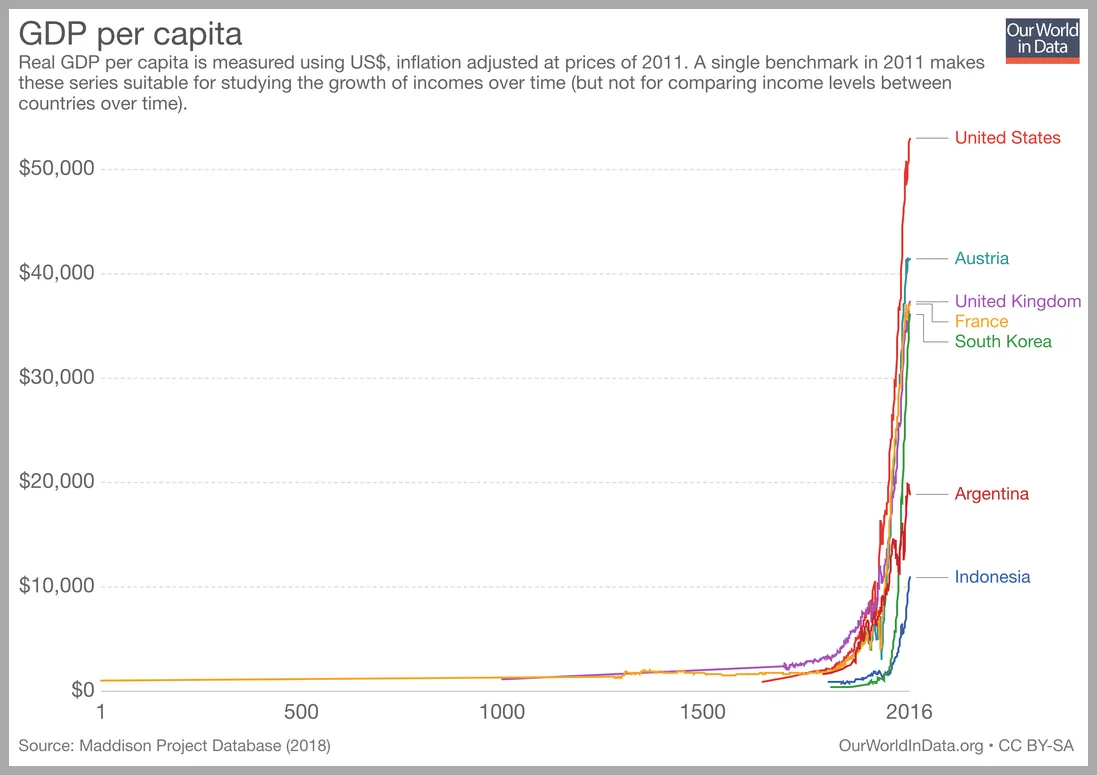
In the most underrated work of social theory from the 1990s, Nick Land presents a sweeping theory of modernity.
With about 3,500 words and only 4 citations, Meltdown seems to comprehend—and arguably foretell—a range of momentous historical developments that will only arrive decades later. From cryptocurrency to the Covid pandemic, Meltdown sees it all coming.
And yet, few social scientists have ever deigned to take this work seriously.
The time is nigh.
Let us start at the beginning with the first sentence.
“The story goes like this: Earth is captured by a technocapital singularity as renaissance rationalization and oceanic navigation lock into commoditization take-off.”
Many readers will dismiss this text already, “postmodern mumbo-jumbo!”
But the discerning reader will quickly find—if they are willing to do the work—that here we have something far more empirically sophisticated than the average Deriddean, post-marxist social theory that was fashionable in Anglophone universities at the time.
Modernity Was a Non-linear Takeoff
Meltdown begins with one of the most remarkable and poorly understood facts about the transition from pre-modernity to modernity. Namely, that it was a non-linear takeoff.
Any quick look at economic output over time will corroborate this claim. For all of pre-modern history, economic growth and technological progress were slow and linear. With the industrial revolution, both lines go vertical.
 Economic growth over time (Maddison Project Database via Our World in Data)
Economic growth over time (Maddison Project Database via Our World in Data)
Historians and theorists have long debated the cause of modernity’s “singularity.” Some focus on double-entry bookkeeping, others emphasize the arrival of Arabic numerals in Europe, others will stress the decentralized distribution of power in medieval Europe.
Whatever scholarly theory you find most compelling, one is forced to admit that it’s a perfectly valid and attractively parsimonious summary to say renaissance rationalization and oceanic navigation lock into commoditization take-off.
Social scientists call these kinds of theoretical constructs stylized facts. A stylized fact is not quite directly observable, but neither is it a full-fledged theory or law. A stylized fact is a simplified statement of a larger finding that has been theoretically and empirically substantiated elsewhere.
Given the numerous candidate explanations for modernity’s non-linear takeoff, it is almost certain that multiple factors played a role, and probably with multiplicative interactions between them. Hence Land’s constant recourse to the vocabulary of cybernetics.
Singularity, lock in, and takeoff—among many others throughout the essay—are simply Land’s implicit reference to a cybernetic model. Or in the parlance of contemporary academic social science, where cybernetics is a passé school of thought, we would say that Land is presenting a multivariate model with interaction effects. There are a few independent variables (causes) and these causes are not additive but multiplicative.
To be precise, one should really turn to the academic literature on “complex systems” or “dynamical systems” for a more precise translation of Land’s cybernetic model into respectable academic conventions. The point is that Land’s empirical model is perfectly convertible to the best and most advanced frameworks in mainstream social science (at least so far in the essay).
Renaissance Rationalization
Consistent with Alfred Crosby’s The Measure of Reality: Quantification and Western Society, 1250-1600, Land’s term rationalization summarizes perfectly the quantitative mentalité that arrives precisely during the Renaissance.
Crosby believes that quantification and visualization are two variables that enter into a particularly important feedback loop during the Renaissance. It’s well known that perspective in painting arrives during the Renaissance, but why does vision matter?
Crosby believes that vision is unique in the way that it imposes on all of the other senses. The distinguishing characteristic of vision is its consistency with quantitative measurement in terms of uniform and manipulable quanta. When you visualize ideas on paper, or you record events on paper, or you record music on paper, you can then rearrange them. Rearranging historical facts on paper is a kind of time travel.
If we are discussing Crosby at some length it is only because of Land’s claim, later in the essay, that the human control system is “predominantly vision-configured.” Perspectivism in painting was, of course, discovered during the Renaissance.
Empirically, there are at least three strong examples of renaissance rationalization that supercharged oceanic navigation:
- The practical astrolabe (~1400)
- Accurate cartography (e.g., Ptolemy’s Geographia in 1400)
- Joint-stock companies (~1553 in the case of England)
Oceanic navigation made money, funding more rationalization, making oceanic navigation more profitable, and so on.
Early computational rationalization plus financial rationalization made oceanic navigation an early form of distributed, loosely organized, human-in-the-loop Artificial Intelligence.
The Earth is captured by abstract value optimization; it locks in a swarm of financiers, seamen, and commodity traders.